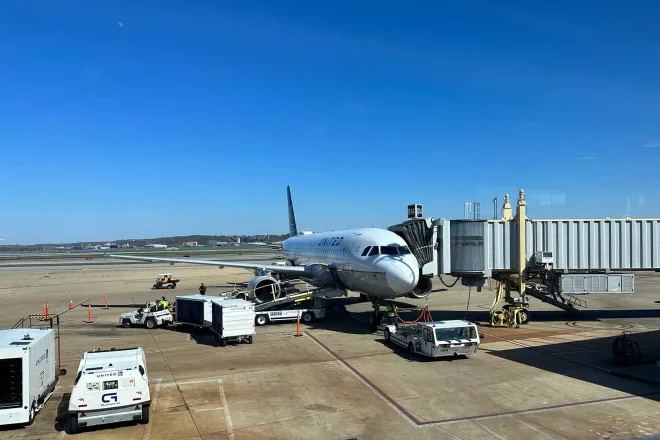
EarthTalk - Are escaped balloons a problem for the environment?
©
Dear EarthTalk:
Are escaped balloons a problem for the environment and what can we do to prevent it from happening?
Meg D., Larchmont, NY
Escaped balloons have become a prevalent source of land and marine pollution worldwide, so much so that balloons were ranked as the third deadliest form of marine debris behind fishing gear and plastic bags. Marine debris, defined as human-created waste in large bodies of water, has significant negative impacts on wildlife, human health and safety, global economies and habitats.
One way balloons can impact wildlife is by entangling animals, leading to serious injury or death in extreme cases. Animals may also attempt to consume balloons, causing throat or digestive tract obstruction and gut damage. Christian Daniels, creator of the Desert Balloon Project, explained, “Desert tortoises mistake them for flowers and will eat them. The desert tortoises are already in danger with the constant building and loss of habitat and predation, and the mylar balloons cause another disturbance with them.” Besides desert tortoises, birds and bighorn sheep are also often impacted.

rcphotostock.com – © rcphotostock (19714)
Beyond impacts on marine life, balloons are a big contributor to marine and land pollution, as they’re able to travel vast distances—over a thousand miles in certain cases. Foil Mylar balloons cannot break down and instead simply divide into smaller pieces of plastic. While the standard latex balloon is biodegradable, the breakdown process takes several months. The plastic pieces that do not break down end up as microplastics, turning up in lakes or rivers that are used as drinking sources. These microplastics can also degrade the beauty of coastal environments, leading to economic loss in tourist areas.
Furthermore, balloons are infrastructure hazards, as they can cause power outages. This is due to the conduciveness of their foil layer. Released balloons can also become entangled in power lines, leading to outages and damage to transmission equipment. These effects are so prevalent that Clean Virginia Waterways of Longwood University gathered evidence that up to 20 percent of electrical power outages are caused by balloons making contact with power lines.
To combat balloon pollution, various policies have been passed. For example, as a result of Christian Daniels’s efforts, Nevada Governor Lombardo signed AB194 into law, which effectively banned balloon releases in the state. Nine other states in the U.S. have implemented laws against balloon releases, while several colleges have stopped balloon releases at football games.
Community efforts can help further tackle pollution. Thus far, the combined efforts of 16 million volunteers for the Ocean Conservancy’s International Coastal Cleanup have collected 340 million pounds of trash. Other effective methods include ceasing balloon releases, particularly in large amounts, reusing balloons in good condition, and giving latex balloons to local recycling facilities after use. Through these collective efforts, the negative environmental effects of balloons can be significantly mitigated.
CONTACTS
- How to Responsibly Dispose of Balloons https://circular.eco/article/how-to-responsibly-dispose-of-balloons
- What Happens to Balloons That Are Released Outside? https://www.cbsnews.com/minnesota/news/balloons-environmental-impact/
- Balloon Releases Kill Wildlife & Cause Environmental Hazards, https://www.lakewoodoh.gov/accordions/balloon-releases-kill-wildlife-cause-environmental-hazards/
EarthTalk® is produced by Roddy Scheer & Doug Moss for the 501(c)3 nonprofit EarthTalk. See more athttps://emagazine.com. To donate, visit https://earthtalk.org. Send questions to: question@earthtalk.org.















